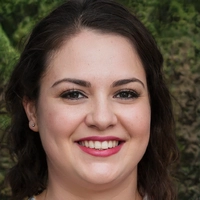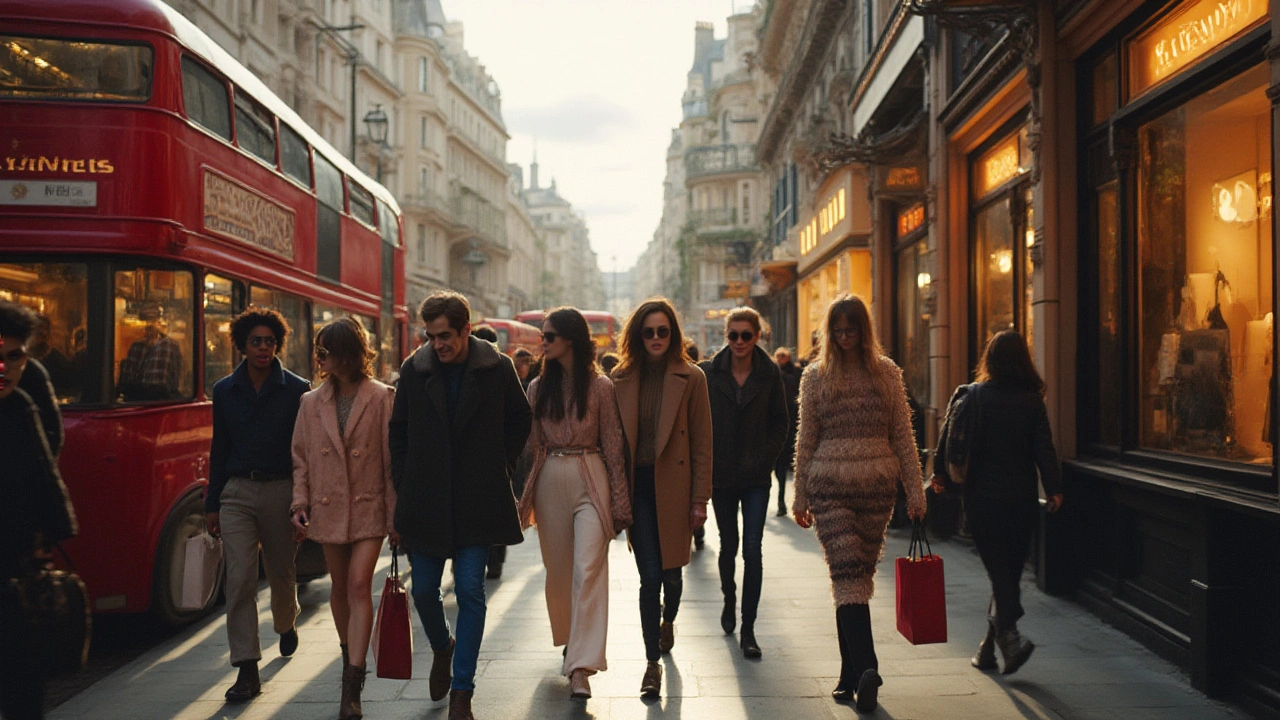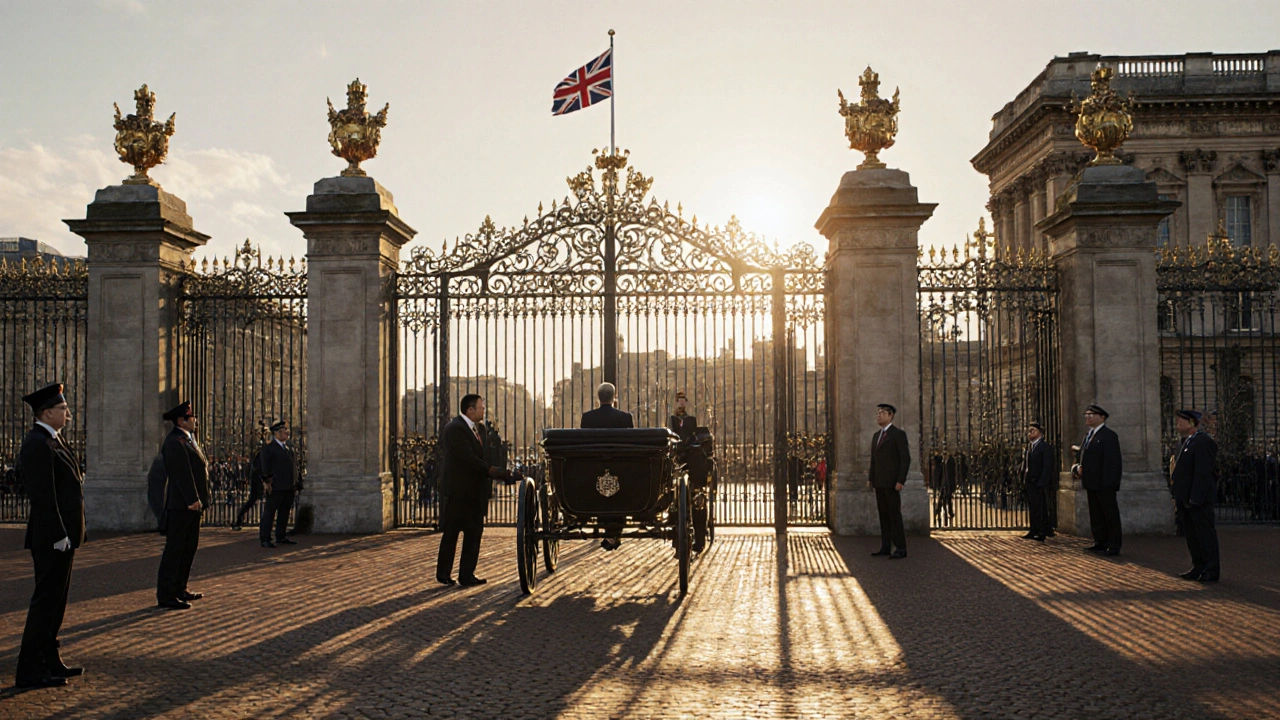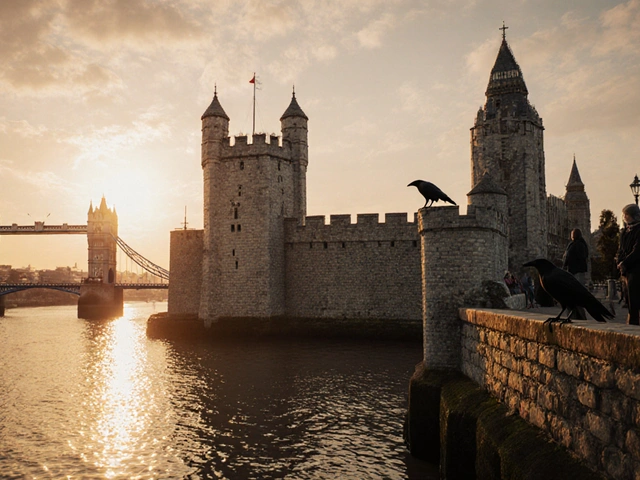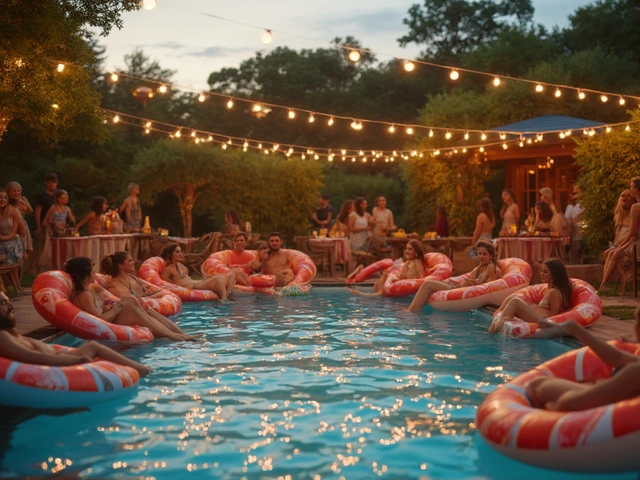Living in London, you can’t really ignore Buckingham Palace. Whether you cycle past on your morning commute, guide friends around Victoria, or just catch sight of that famous balcony during Trooping the Colour, it’s right there—smack in the centre, surrounded by parks, red buses, and the endless hum of city life. It’s more than the Queen’s house; it’s woven into the city’s everyday rhythm.
For anyone new to London, Buckingham Palace is a lot to take in. There are real guards on patrol, local schoolkids waving flags during royal events, and black cabs queuing outside on Constitution Hill. If you time your visit right, you’ll see the Changing the Guard ceremony—a classic bit of London pageantry that’s as much about smart uniforms and brass bands as it is about keeping tradition alive. And unlike most city landmarks, Buckingham Palace isn’t just for looking; the State Rooms actually open to the public in summer, so you can step right into royal territory and see the rooms used for official events and functions. Locals will tell you the best views are from Green Park (picnic spot, anyone?) or through the ornate railings just off The Mall—not from the packed crowds out front.
- A Palace in the Heart of London
- History Set in Stone
- The Queen’s Influence and Changing Roles
- Inside: Rooms, Gardens, and Hidden Corners
- Tips for Visiting—From Locals to Tourists
A Palace in the Heart of London
Buckingham Palace isn’t just another old building tucked away in a quiet corner. It’s right in the thick of the city, a few minutes’ walk from Victoria Station and next door to Green Park and St James’s Park. No matter how long you’ve lived here, it’s tricky to forget the impact such a place has on daily London life, from major road closures for royal events to crowds lining up outside those famous iron gates for a glimpse of the Changing the Guard.
This spot has been the official London home of the monarchy since 1837, when Queen Victoria picked it as her base. Today, the palace does plenty more than provide a grand address. It’s the centre of state occasions—think giant ceremonial processions, knighthood ceremonies, and the Queen’s legendary garden parties. It’s even survived air raids in World War II (there are actual scars still visible in the stonework if you look closely).
- The closest Tube stops are Green Park (Jubilee, Piccadilly, and Victoria lines) and Victoria (Victoria, Circle, and District lines), making it super easy to reach from anywhere in the city.
- The palace sits right between two of London’s busiest royal parks, which are ideal for quick meet-ups, office lunch breaks, or a breather on a hectic day.
- If you’re cycling, plenty of bike stands are available around the palace, especially by Constitution Hill and The Mall.
If you’re planning to visit, weekdays are generally less busy except for big events. Sundays often see roads like The Mall closed to traffic, perfect for a stroll or an impromptu photo session. And don’t let the big crowds fool you—the palace is just as much part of everyday London as those red double-deckers or a Greggs sausage roll.
| Buckingham Palace By the Numbers | Fact |
|---|---|
| Number of rooms | 775 |
| Working staff at peak times | Over 800 |
| Acres of gardens | About 39 |
| Year it became the official residence | 1837 |
And here’s the thing: for almost everyone in London, the Buckingham Palace area is more than a postcard image. It’s the start or end of charity runs, the backdrop for thousands of wedding photos, and a real fixture in all those big city moments.
History Set in Stone
If you live in London, you’ve probably walked past Buckingham Palace and wondered how it all started. It didn’t begin as a royal palace at all. Originally, it was known as Buckingham House, built way back in 1703 for the Duke of Buckingham. It wasn’t until George III bought it in 1761 that the place came anywhere near becoming royal turf—and even then, it was mostly a family home for Queen Charlotte and their many kids (15, if you’re counting!).
Fast forward to the early 1800s, and things get a bit more ‘London spectacle’. George IV, who had a flair for the dramatic, hired architect John Nash to turn the house into an actual palace. Nash’s bits are still there, especially the grand façade facing The Mall that everyone queues up to see. Even now, every Londoner knows someone who’s had to squeeze through the crowds during a weekend jog or a royal event there.
- Queen Victoria was the first monarch to call Buckingham Palace her official home in 1837. That kicked off all the royal traditions we still see here in London attractions today—like those balcony appearances during the Platinum Jubilee.
- The palace got its huge East Front, the bit with the famous central balcony, in 1913. Londoners will mostly recognise it from TV shots at big events like royal weddings or coronations.
- During World War II, nine bombs hit parts of the palace—but the monarchy stayed put, which gave Londoners a serious boost in morale during those rough years.
| Fact | Year |
|---|---|
| Buckingham House built | 1703 |
| Bought by George III | 1761 |
| Transformed by John Nash | 1820s |
| First royal residence (Victoria) | 1837 |
| East Front (balcony) completed | 1913 |
| Palace bombed in WWII | 1939-1945 |
The stone, the gates, and even the Queen Victoria Memorial right outside are all familiar parts of the London landscape today. If you’re passing through, have a look at the gates—they’re loaded with symbols and badges representing different parts of the UK, not just England. You see that on London buses and street signs, but here it’s all tied back to the crown.
The Queen’s Influence and Changing Roles
Buckingham Palace has changed as much as the city around it, thanks to each monarch who set foot inside. During Queen Elizabeth II’s reign, the Palace went from being a stiff royal stronghold to a place where real Londoners could get a glimpse of royal life. She opened the State Rooms to the public for the first time in 1993, right after the Windsor Castle fire. This wasn’t just about raising funds—it made the Palace more open and set the tone for a modern monarchy in central London.
It’s easy to forget how big a shift this was. Before the ‘90s, Buckingham Palace was off-limits unless you were staff, a diplomat, or the lucky few at a state banquet. Now, whether you’ve booked a family ticket or you’re popping in with a group of mates, anyone can take a tour every summer.
| Year | Major Change | Impact |
|---|---|---|
| 1993 | State Rooms open to public | Raised £2m in the first year for Windsor repairs; major boost for local tourism |
| 2012 | Diamond Jubilee | Hosted 1.5m visitors; huge crowds in London |
| 2022 | Platinum Jubilee | Over 16,000 street parties in UK; massive gatherings by the Palace gates |
The Queen also shaped the Palace as a spot for London community. Events like the Garden Parties brought thousands of residents together every year—some even score invites for their charity work or community service. And then there’s the practical stuff. The Queen worked from this home office—weekly meetings with prime ministers, receptions with locals, and a schedule packed tighter than your average weekday on the Northern Line.
- Summer opening dates change each year—double check before making plans
- Local schools often take students on end-of-term trips here
- Some Londoners have been invited to Garden Parties for volunteer work—good incentive to get involved locally!
The Buckingham Palace role keeps changing. Now, with King Charles, there’s talk about even more public access and using the spaces for conservation projects. So, if you’re living in London or just visiting, you’ll see the royal influence mixing tradition with something you can actually take part in. Every year, a few more gates open—sometimes literally.
Inside: Rooms, Gardens, and Hidden Corners
Once you actually get inside Buckingham Palace—yes, it is possible during the summer opening—the first thing you notice is how each room has a job. The Buckingham Palace State Rooms aren’t just pretty backdrops. The Ballroom, for example, has hosted investitures, massive banquets, and even the occasional Strictly Come Dancing special (no kidding, you can look that up).
The Grand Staircase is the first thing that grabs visitors. Gold trim, portrait walls, wide enough for two royals to pass side by side. Head up and you’ll find the White Drawing Room—often used for TV interviews with the King or, not so long ago, the Queen. It’s also where the royals gather before stepping out to greet guests.
But the place that really surprises most Londoners is the gardens. If you’ve run round St James’s Park, you’d never guess what’s hidden behind that stone wall. Buckingham Palace gardens stretch for around 17 hectares and even include a city lake. For years, this hidden green space has been a hotspot for royal tea parties—up to 8,000 guests at a time, quick sandwiches, and an endless stream of Earl Grey. There’s even a helipad and a tennis court out back, though you’ll never spot those on the public tour.
There are behind-the-scenes gems you might miss if you stick to the main route. Here’s what locals and curious Londoners should look for:
- The ‘hidden door’ in the White Drawing Room, disguised as a mirror and chest of drawers, which royals use to make a low-key entrance.
- The Music Room, home to a blue and gold dome, and the spot for a handful of royal christenings—Prince William, Prince Harry, and Prince Charles all took their first dip here.
- The Picture Gallery, lined with works by Rembrandt, Vermeer, and Canaletto. Even London’s own National Gallery can’t claim a royal insurance policy for its paintings like the Palace does.
If you’re in the Palace for a tour, grab one of their multimedia guides—kids’ versions are voiced by actors from British TV and there’s good stuff for adults as well. The guides share details you’d never hear from the guards outside.
“You suddenly realise it’s not a museum. The rooms here are busy with meetings, lunches, and actual royal work—all week, all year,” said Emily Nash, royal correspondent for HELLO! Magazine.
Want the stats? Here’s a quick snapshot—the numbers make it all much easier to picture.
| Area | Room Count | Fun Fact |
|---|---|---|
| State Rooms | 19 | Open to the public in summer |
| Bedrooms | 240 | 52 for royals, 188 for staff |
| Bathrooms | 78 | Not all are en-suite! |
| Secret passages | - | Rumoured but not confirmed on tours |
And for gardens, keep an eye out during the open week events—tours book up fast via the Royal Collection Trust, and you’ll get a slice of London greenery most residents never see. Bring comfy shoes: you’ll cover a lot of ground, and trust me, the Palace isn’t all velvet ropes and “do not touch” signs. There’s local history at every turn, and a few stories you’ll only hear from Londoners in the know.
Tips for Visiting—From Locals to Tourists
Want to really make the most out of your visit to Buckingham Palace? Locals have picked up a thing or two over the years, and these tips will save you time and make your day smoother.
- Book tickets ahead—especially in summer. The State Rooms are only open from mid-July to late September. Same-day tickets are rarely available and queues can get long at peak times (think August weekends).
- The Changing of the Guard usually starts at 11am—but check the official Household Division website first. It doesn’t run every day, especially off-season, and gets cancelled for rain. Plan to arrive by 10:15am to nab a spot by the railings or the Victoria Memorial.
- Use St. James’s Park or Green Park tube stations. Victoria station is always packed, and The Mall is often closed during big events. The parks offer a more scenic (and less stressful) walk in. Grab a Greggs pasty or stop by GAIL’s Bakery in Belgravia for a coffee before you head over.
- No photos allowed in the State Rooms. Snap all you like outside, but inside is strictly camera-free. For the best Insta shot, try from the Queen Victoria Memorial or at sunset from Constitution Hill—Londoners swear by that golden light.
- Garden tickets sell out fast. The garden, with its cheeky foxes and famous lake, is open to visitors with State Room tickets. Book early online if you fancy a stroll among the roses or a view of the palace’s private tennis court. Wheelchair access is solid, but let them know when booking if you have mobility needs.
If you’re all about stats, here’s what an average summer day looks like for visitors during peak season:
| Fact | Number |
|---|---|
| Average daily visitors | around 15,000 |
| Length of guard ceremony | about 45 minutes |
| Self-guided tour audio languages | 9 (yes, even Japanese and Italian) |
| Number of rooms open to public | 19 |
| Hop-on buses stopping nearby | 4 main routes |
If you’re local, try going midweek or late August, after the main tourist rush. Bring your own snacks to save cash—food inside is pricey, and the nearby corner shops do a roaring trade in meal deals every summer. For Londoners looking to dodge crowds on big event days like Trooping the Colour, best to cycle or walk instead of driving—the roads are jammed, and Uber rates surge. And if you spot a corgi in St. James’s Park, you’ll know you’re in royal territory.
Categories
Popular Articles
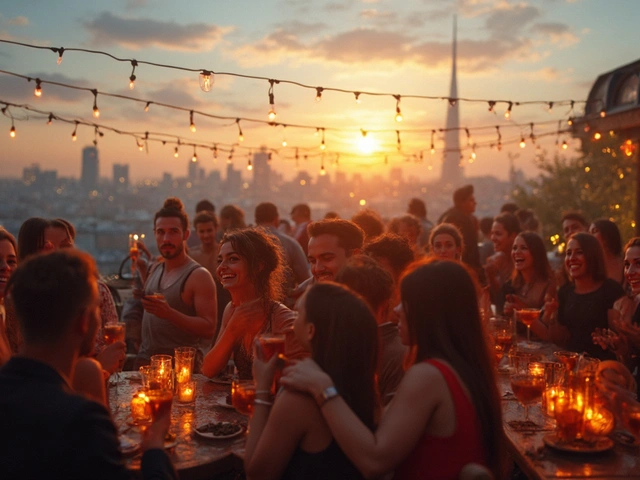
Apr 27 2025
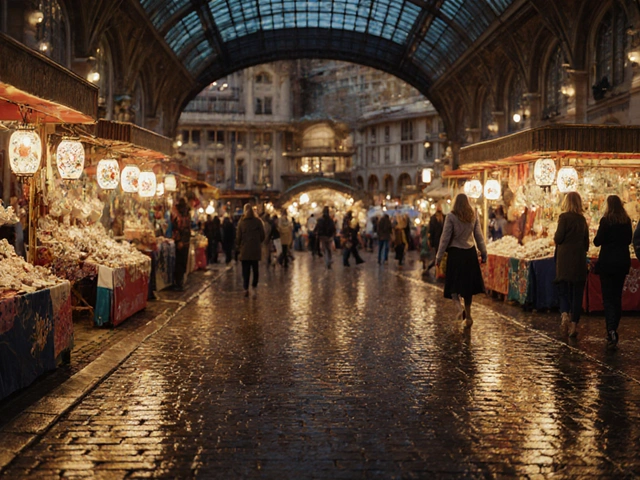
Nov 8 2025
